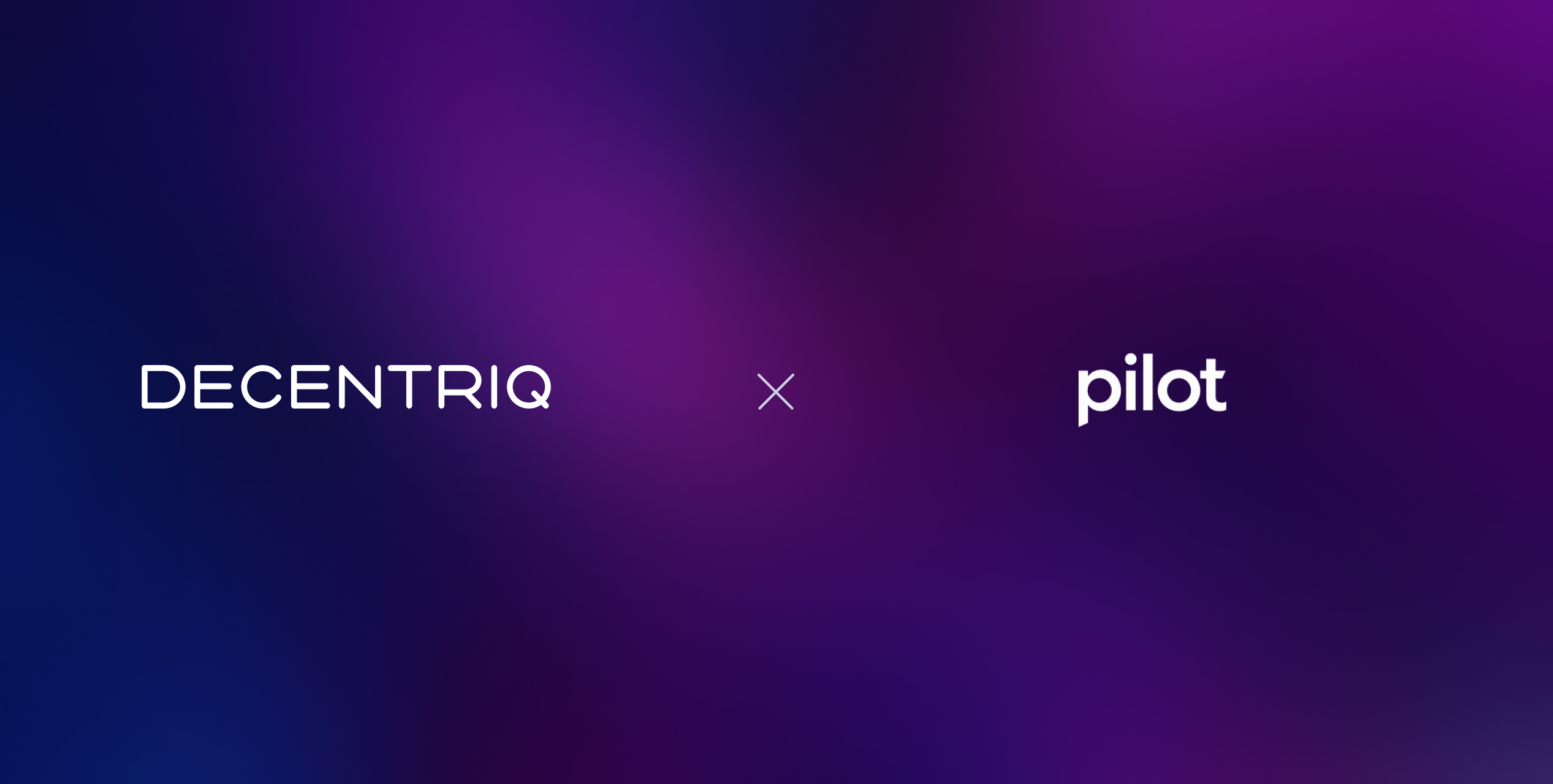
Your guide to reducing wasted ad spend using first-party data
An estimated 23-56% of ad spend is currently wasted (and that’s before third-party cookies are completely deprecated). So how can brands ensure they’re reaching their ideal audiences at a time when consumers expect more personalized — yet privacy-preserving — advertising experiences than ever before?
.jpg)
Picture this: a shopper leaves your website without making a purchase, but later sees your ad on Instagram. Or maybe they receive a personalized email nudging them back to their abandoned cart.
As a marketer, you’ve probably run — or at least considered — both of these tactics. They’re classic examples of retargeting and remarketing. The two are often lumped together, but they’re not the same.
In this article, we’ll explain the difference between remarketing and retargeting, show when to use each in your digital marketing strategy, and explore how they’re evolving in a privacy-first world.
What is retargeting?
At its core, retargeting means showing paid ads to people who have interacted with your brand but haven’t yet converted. It’s one of the most widely used digital marketing strategies for moving potential buyers further down the funnel.
How retargeting works
Most retargeting campaigns rely on small pieces of tracking code — often referred to as pixels — that record on-site interactions such as product views or cart abandonment. This data is then shared with ad platforms like Google Ads, Meta Ads, or other ad networks, which serve relevant retargeting ads back to those users. More advanced setups now use server-side connections, such as the Conversion API or integrated retargeting tools, to compensate for the fact that cookies are becoming increasingly unreliable.
There are two main types of retargeting:
- On-site retargeting: targeting users who engaged with your own site or app (e.g., adding an item to a cart but not completing checkout).
- Off-site retargeting: targeting based on actions taken on other websites or social media platforms (e.g. engaging with your Instagram ad but not converting).
Common examples of retargeting include:
- Cart abandonment recovery: reminding users of products they left in their basket.
- Product interest follow-up: serving ads for high-value items or services someone viewed but didn’t buy.
- Brand awareness reinforcement: retargeting blog readers or webinar attendees with display campaigns to keep your brand top of mind.
When executed effectively, retargeting is an effective strategy to increase conversions and reinforce your message. For example, bareMinerals ran a digital out-of-home (DOOH) and retargeting campaign that reached over 22 million people, delivered click-through rates 33% above benchmark, and drove a 5.4% lift in store visits — demonstrating how retargeting can connect digital exposure to offline sales (The Trade Desk, 2025)
However, marketers need to be cautious: too many impressions can cause ad fatigue, while poor targeting risks wasted ad spend or privacy concerns.
What is remarketing?
While retargeting focuses on prospects, remarketing is about re-engaging existing customers or warm leads to strengthen loyalty and drive additional revenue. Instead of reaching strangers with ads, remarketing campaigns are built on your own customer data, often through a CRM or marketing automation platform.
How remarketing works
Marketers collect and segment data on current customers — such as past purchases, on-site behaviour, or email sign-ups — and use it to deliver personalized messages. This can take the form of direct communication, such as remarketing emails, SMS, or newsletters, or through paid ads on platforms like Google and Meta when uploading customer lists.
Common examples of remarketing include:
- Loyalty programs: rewarding repeat purchases and building long-term relationships.
- Upsell or cross-sell offers: suggesting related products or services based on purchase history.
- Win-back campaigns: re-engaging inactive customers with special promotions.
- Automated reminders: sending personalized emails to nurture leads who haven’t converted yet.
The strength of remarketing lies in its ability to nurture and retain customers, boosting customer lifetime value.
One example is Stacked Marketer’s paid membership program, where retargeting emails to subscribers who had clicked on previous newsletter ads tripled revenue from memberships. By layering urgency-based follow-ups at the end of the campaign, they achieved nearly four times the revenue compared to occasional promotional emails alone (MarTech, 2025).
However, it also comes with risks: poor targeting or sending too many messages can be perceived as spammy, while data quality issues may limit effectiveness. Well-planned remarketing strategies, however, remain one of the most cost-effective ways to encourage loyalty and promote repeat purchases.
Retargeting vs remarketing: key differences
It’s easy to see why retargeting and remarketing are often confused. Both aim to keep your brand visible and nurture interest through targeted messages, and both rely on customer data to achieve this. But the methods, audiences, and goals are distinct, so understanding those differences is key to choosing the right marketing efforts for your situation.
While remarketing and retargeting both aim to strengthen customer relationships, the difference lies in who they target and how. Retargeting is designed to re-engage potential customers through advertising efforts, while remarketing focuses on nurturing existing customers with more direct, personalized contact. Together, they cover different stages of the journey — from building brand awareness to driving customer lifetime value.
When to use retargeting vs remarketing
Marketers often ask: “Should I focus on retargeting or remarketing?” The reality is that most effective marketing strategies use both. Each serves different scenarios, but together they create a complete system that helps you encourage users, convert new customers, and re-engage users over time.
The key difference in this remarketing vs retargeting decision is who you’re targeting. Retargeting is best for potential customers based on previous interactions, while remarketing works to re-engage existing customers and promote repeat purchases.
Why retargeting and remarketing are getting harder
If your retargeting audiences are shrinking or your remarketing emails aren’t converting like they used to, you’re not imagining it. The playbook for both tactics has changed.
- Shrinking audiences. Third-party cookies no longer capture every previous interaction. Browser restrictions and privacy settings limit tracking, leaving smaller pools for retargeting campaigns and wasted ad spend when ads miss the mark.
You may also be interested in reading: Should we still be preparing for a cookieless world?
- Consent fatigue. Under GDPR and CCPA, every email address or data point used in remarketing must be explicitly consented to. That means smaller lists, more compliance work, and fewer opportunities to engage.
- ROI blind spots. Users move between devices and social media platforms, but attribution hasn’t kept up. It’s harder to prove which advertising efforts are actually driving sales, leaving both retargeting and remarketing under the microscope.
These challenges don’t make remarketing or retargeting obsolete, but they do mean running them “the old way” is less effective. To get results, marketers need to rethink how these strategies are powered.
Retargeting without third-party cookies: what still works
Third-party cookies are still around, yet they capture fewer interactions every month thanks to browser restrictions, ad blockers, and consent banners.
Smart marketers aren’t waiting for cookie quality to decline even further. They’re already moving to alternative methods that provide more stable, future-proof signals. For example:
- Leverage your own site data. Track on-site actions, such as product views or cart abandonment, and retarget users based on those actions. These are first-party signals you fully own.
- Use platform-native audiences. Google, Meta, LinkedIn, and retail media networks rely on logged-in users, making their interest and in-market audiences stronger than those based on cookie tracking across the open web.
- Adopt server-to-server tracking. Tools like Meta’s Conversion API or Google’s Enhanced Conversions send data directly, bypassing the browser limitations that undermine cookies.
- Tighten frequency controls. Suppress converted users or cap ad impressions to avoid wasting budget and fatiguing your audience.
The usefulness of cookies is in steady decline. Brands that shift to first-party and platform-native approaches now will see steadier results, while those who wait risk steadily weaker retargeting performance.
How data clean rooms strengthen remarketing campaigns
Unlike retargeting, remarketing campaigns are built on first-party customer data — which means they’re better positioned to survive the decay of third-party cookies. However, stricter privacy rules are reshaping how brands can activate first-party data.
In the cookieless era:
- Explicit consent is required. Brands can’t simply hand over customer emails to publishers for ad targeting. Every data point used must come with clear, opt-in consent from the customer.
- Data minimization is mandatory. Instead of sharing your entire CRM, only the overlapping customer data relevant to a campaign should be disclosed to the publisher. This reduces risk and aligns with compliance requirements.
- Additional technology is needed. Most organizations will require a secure data collaboration layer — such as a data clean room (DCR) — to safely match their CRM data with publisher audiences without exposing raw personal information.
This is where data clean rooms (DCRs) change the game: they make data collaboration safe, unlocking remarketing opportunities that were previously too risky.
For brands that want maximum protection, data clean rooms can be reinforced with tools like IAB PAIR, which ensures that personal data is never exchanged directly between advertiser and publisher.
Cookieless remarketing isn’t about doing less — it’s about doing it safely. With the right privacy-first infrastructure, brands can continue running effective remarketing campaigns while meeting today’s compliance standards.
To bring this to life, consider a real-world example: TopCC, a Swiss wholesaler, used Decentriq’s clean room to securely combine CRM data with publisher datasets to segment customers. Within just a few weeks, they reactivated ~1,800 inactive customers and achieved a multi-digit turnover from that segment, resulting in an approximate 3.5× ROI on that campaign. Read the full case study here.
Learn more about how data clean rooms improve first-party ad campaigns.
Future-proofing remarketing and retargeting
Retargeting and remarketing are no longer just tactical levers — they’re a test of how prepared your organization is for the next era of marketing. The winners won’t be those who squeeze the last value out of cookies or outdated methods, but those who treat customer data with intelligence, respect, and foresight.
Data clean rooms aren’t a nice-to-have; they’re a must-have. They’re the infrastructure that will separate brands that adapt from those left behind.
👉 Discover how Decentriq’s data clean rooms help advertisers stay ahead.
References
Your guide to reducing wasted ad spend using first-party data
An estimated 23-56% of ad spend is currently wasted (and that’s before third-party cookies are completely deprecated). So how can brands ensure they’re reaching their ideal audiences at a time when consumers expect more personalized — yet privacy-preserving — advertising experiences than ever before?
.jpg)
Related content
Subscribe to Decentriq
Stay connected with Decentriq. Receive email notifications about industry news and product updates.




